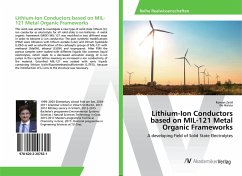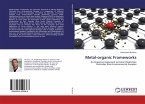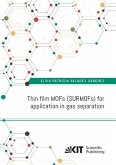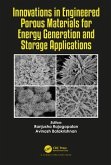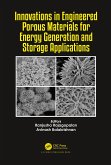Document from the year 2022 in the subject Chemistry - Macromolecular Chemistry, Polymer Chemistry, grade: 17, Gauhati University, language: English, abstract: Porous coordination polymers, also known as metal organic frameworks are a new type of hybrid material constructed via self-assembly of metal ions/metal clusters which function as nodes and organic ligands which act as bridges or linkers. They are one of the earliest developed classes of metal containing polymers. They extend infinitely one, two or three dimensional framework through coordination bonding, hydrogen bonding, ¿¿¿ stacking, C-H-¿ interactions as well as van der Waal forces. These weaker non-covalent interactions, are important for the packing of the one dimensional chains, two-dimensional nets and three-dimensional frameworks. In view of the tunable structures and promising properties shown by these systems various complexities have been prepared and thoroughly investigated over last decade. MOFs are currently flourishing fields of research owing to their intriguing structural motifs and various potential applications, in the field of gas storage, gas separation, catalysis, ion exchange, microelectronics, non linear optics, sensors, medicine and molecular magnetism etc. They possess structural regularity, high porosity, high surface area resulting in greater potential applications than conventional zeolites or activated carbons and mesoporous silica. For the construction of porous coordination polymers with diverse structures and properties selection of the special inorganic and organic building blocks is one of the important factors. Multicarboxylate organic ligands have proved to be an excellent choice for the construction of MOFs of higher nuclearity due to their different coordination modes with the metals, molecular flexibilities and structural stabilities. Metal carboxylate linker in combination with cross linked or pillered polypyridine have generated many interesting coordination architecture. Making use of transition metal carboxylate and linear bridging auxiliary ligands it is possible to construct 1-D, 2-D and 3-D porous coordination polymer of different pore structures and porosities. Aside from coordination bonding interactions, various non-covalent bonding or some weak intra- or intermolecular interactions, such as hydrogen-bonding, ¿¿¿ stacking and C¿H¿¿ interactions or van der Waals interactions also influence the formation of final architectures.
Bitte wählen Sie Ihr Anliegen aus.
Rechnungen
Retourenschein anfordern
Bestellstatus
Storno


